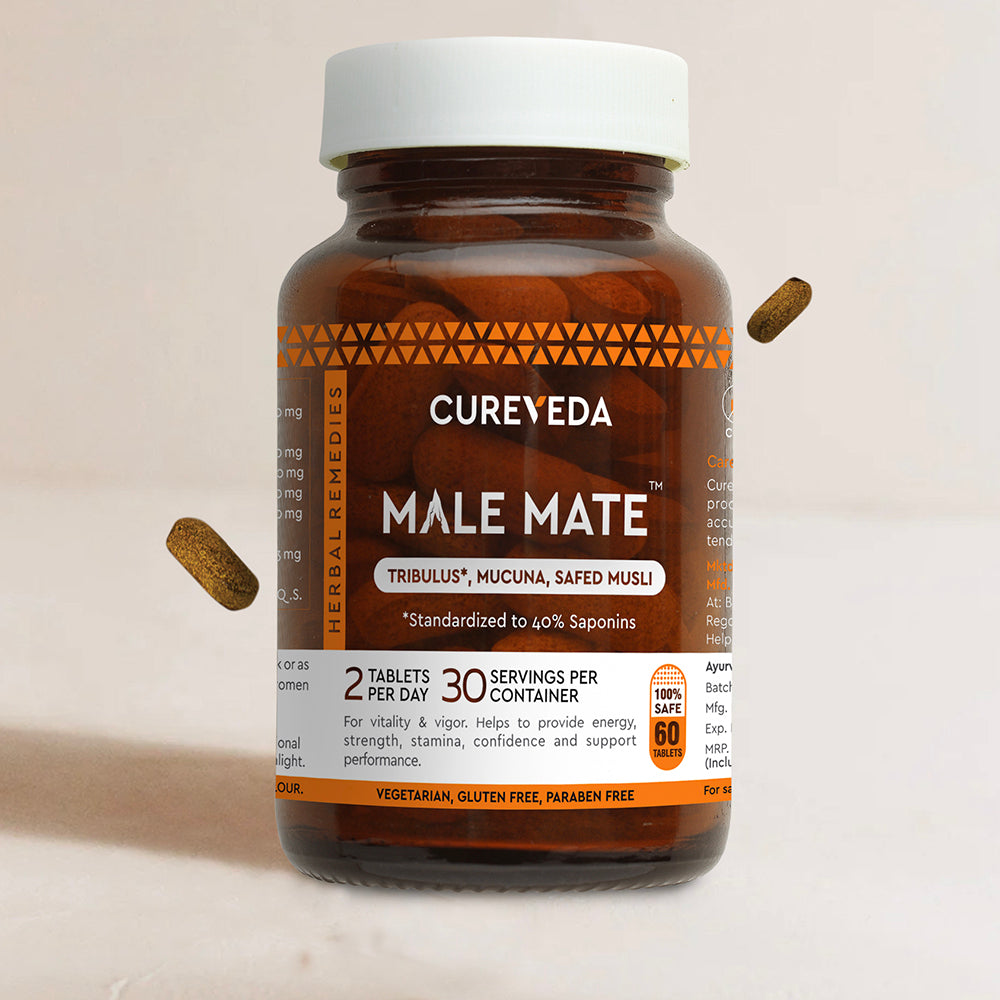Benign Prostatic Hyperplasia
Prostate Enlargement is the most common problem in males over 60.
Prostate Gland:
A firm, partly muscular, partly glandular body situated at the base of the male urethra. It secretes an alkaline, viscous fluid, a major constituent of ejaculatory fluid. This gland is also referred to as the prostate. In human prostatic secretions, the protein content is less than 1%, including proteolytic enzymes, prostatic acid, phosphatase, and prostate-specific antigens. The gland is walnut-sized and forms part of the male reproductive system. If the prostate gland enlarges during aging, it is known as BPH (Benign Prostatic Hyperplasia).
At the age of 40 years, the prostate increases in volume by 2.4 cm³ per year on average. This process starts in the periurethral zone and involves both glandular and stromal tissues to a variable degree. Related symptoms are common from 60 years of age, and some 50% of men over 80 years will have lower urinary tract symptoms associated with Benign Prostatic Hyperplasia (BPH).
The causes of BPH are not well understood, but it is observed that it occurs only in elderly persons. Some researchers have shown that in men, the important sex hormone is testosterone, and a small amount of estrogen is also present. If the level of testosterone decreases, the body continues to produce DHT (dihydrotestosterone). The accumulation of DHT may be responsible for the growth of cells. Scientists also observed that men who do not produce DHT do not face problems with BPH. Severe BPH may cause urinary tract infections.
Symptoms:
The primary symptoms of BPH occur due to the prostate obstructing the urethra. They consist of hesitancy, poor prolonged flow, and a sensation of incomplete emptying. Secondary symptoms include urinary frequency, urgency of micturition, and urge incontinence, which are not specific to BPH. Other symptoms include:
- Pain and discomfort
- Nocturia (excessive urination at night, more common with aging)
- Frequent and sudden urges to urinate even when the bladder is not full
- Dribbling at the end of the urinary stream
Prostatitis: Prostate infection can cause severe symptoms such as problems with urination and ejaculation, painful urination, lower back pain, urgency to urinate but difficulty ejecting urine, fever, and fatigue. Symptoms of acute bacterial prostatitis include chills, fever, frequent urination, incomplete emptying of the bladder, muscle pain, tender swollen prostate, and a sensation of wanting to urinate immediately, often accompanied by bladder pain.
Patients may present more dramatically with acute urinary retention, where they are suddenly unable to urinate and develop a painful distended bladder. This is often precipitated by excessive alcohol intake, constipation, or prostatic infection. It is an emergency and requires the bladder to be drained by a catheter to relieve the retention.
In chronic urinary retention, the bladder slowly distends due to inadequate emptying over a long period. This condition is characterized by pain-free bladder distension, which may result in hydroureter, hydronephrosis, and renal failure. Patients with chronic retention may also develop acute retention, known as acute-on-chronic retention, requiring careful management due to renal failure.
Prostatitis: Inflammation of the prostate gland, which may be acute or chronic. It can be caused by the same bacteria associated with UTIs or, more commonly, may be non-bacterial.
Symptoms of Prostatitis:
- Frequency of urination
- Dysuria (painful urination)
- Perineal or groin pain
- Difficulty in passing urine
- Enlarged and tender prostate
To confirm bacterial prostatitis, a positive culture from urine or urethral discharge obtained after prostatic massage is required. Treatment should be given accordingly. In non-bacterial prostatitis, drug treatment can be given to relax the prostate and bladder neck.
Recurring prostate infections are termed chronic bacterial prostatitis, caused by bacteria in the prostate gland. It is generally treated with antibiotics. Patients must complete the full course of antibiotics as prescribed by a physician to prevent recurrence.
If a prostate infection occurs, a person must consult a urologist for further treatment.
Pharmaceutical Treatments:
- Finasteride (Proscar) - FDA approved in 1992
- Terazosin (Hytrin) - FDA approved in 1993
- Doxazosin (Cardura) - FDA approved in 1995
- Tamsulosin (Flomax) - FDA approved in 1997
Sourced From:



 Shop All Products
Shop All Products


